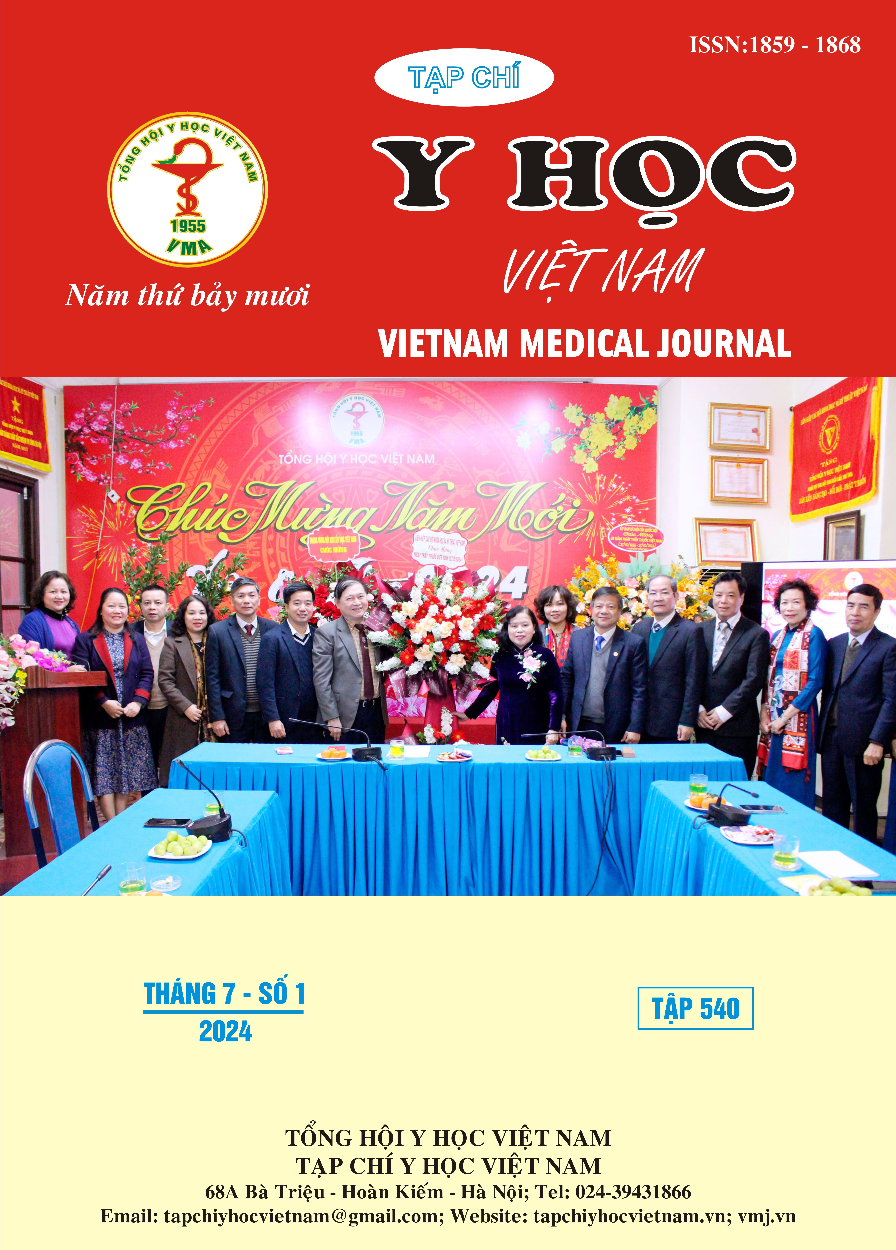NGHIÊN CỨU ỨNG DỤNG NẸP VÍT KHÓA TRONG ĐIỀU TRỊ PHẪU THUẬT GÃY ĐẦU DƯỚI XƯƠNG CHÀY QUA ĐƯỜNG MỔ TỐI THIỂU ÍT XÂM LẤN
Nội dung chính của bài viết
Tóm tắt
Gãy đầu dưới xương chầy có nhiều phương pháp điều trị như: mổ hở đặt nẹp hoặc đóng đinh nội tủy có chốt, cố định ngoài, nắn chỉnh bó bột… Ứng dụng kỹ thuật đặt nẹp luồn dưới da với đường mổ tối thiểu trong điều trị loại gãy này giúp bảo vệ mạch máu nuôi xương, bất động vững chắc, tập vận động sớm, hạn chế nhiễm trùng và giúp lành xương. Từ 01/2021 đến 4/2024, tại khoa Chấn Thương Chỉnh Hình Bệnh Viện 19-8 BCA đã thực hiện được 30 ca theo phương pháp này. Kết quả nắn chỉnh ổ gãy theo tiêu chuẩn Larson và Bostman (n=30) Tỉ lệ nắn chỉnh ổ gãy theo giải phẫu rất tốt và tốt là 29/30 BN (96,6%). 1/30BN (3,4%) nắn chỉnh kết quả trung bình và không có trường hợp nào không nắn chỉnh được. Kết quả phục hồi chức năng theo phân loại của Johner và Wruhs (n=30): 25/30 (83,3%) rất tốt, 4/30 (13,4%) tốt. 1/30 (3,3%) trung bình.
Chi tiết bài viết
Từ khóa
Đầu dưới xương chầy, đường mổ nhỏ, nẹp khoá
Tài liệu tham khảo
2. Helfet DL, Shonnard PY, Levine D, Borrelli J Jr (1997). “Minimally invasive plate osteosynthesis of distal fractures of the tibia”..
3. J.J.Guo, N.Tang, H.L.Yang, T.S.Tang (2010). ”A prospective, randomised trial comparing closed intramedullary nailing with percutaneous plating in the treatment of distal metaphyseal fractures of the tibia”. J Bone Joint Surg [Br], Vol92-B, pp 984-988.
4. Sakaki MH, Crocci AT, Zumiotti AV (2007), “Comparative study of the locked intramedullary nail and Ender pins in the treatment of tibial diaphyseal fractures”. CLINICS.;62(4): pp455-464.
5. Oh CW, Kyung HS, Park IH, Distal tibia metaphyseal fractures treated by percutaneous plate osteosynthesis. Clin Orthop 2003;408:286-695
6. Rakesh K. Gupta & Rajesh Kumar Rohilla & Kapil Sangwan & Vijendra Singh & Saurav Walia (2010). “Locking plate fixation in distal metaphyseal tibial fractures: series of 79 patients”. International Orthopaedics (SICOT) 34:pp 1285–1290.
7. Mario Ronga, Umile Giuseppe Longo, Nicola Maffulli, MS, (2010). “Minimally Invasive Locked Plating of Distal Tibia Fractures is Safe and Effective”, Clin OrthopRelatRes468: pp 975–982
8. Mario Ronga, Chezhiyan Shanmugam, Umile Giuseppe Longo, Francesco Olive, Nicola Maffulli, (2009). “Minimally Invasive Osteosynthesis of Distal Tibial Fractures Using Locking Plates”. Orthop Clin NAm40, pp499–504.
9. Cheng W, Li, Manyi, comparison study of two surgical options for distal tibia fracture-minimally invasive plate osteosynthesis vs. open reduction and internal fixation. Int Orthop, 2011; May; 35(5):737-42
10. Paluvadi SV, Lal H, Mittal D, et al., Managemen of fractures of the distal third tibia by minimally invasive plate osteosynthesis, A prospective series of 50 patients. Journal of clinical Orthopaedics and trauma. 2014; 5(3)129-136


